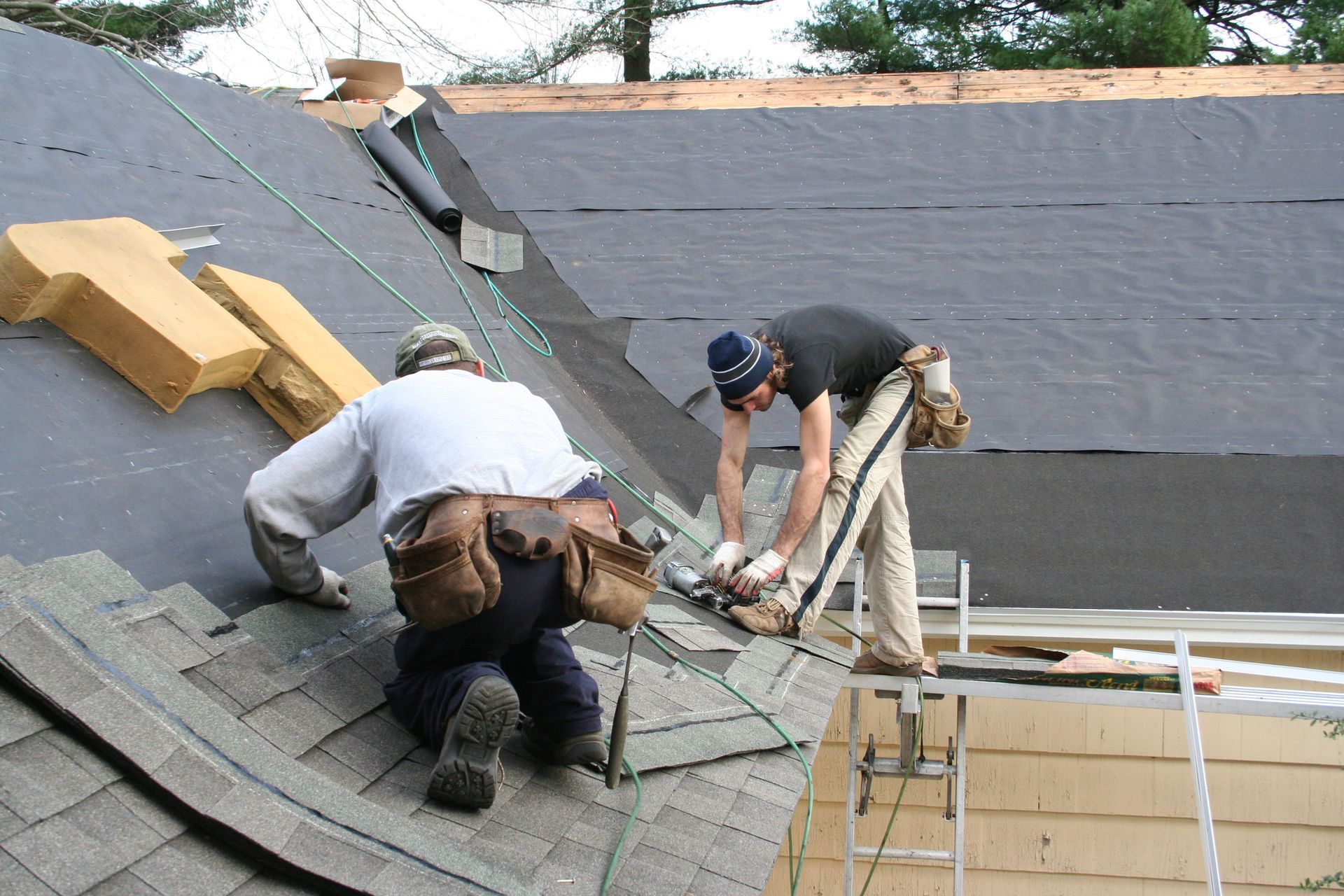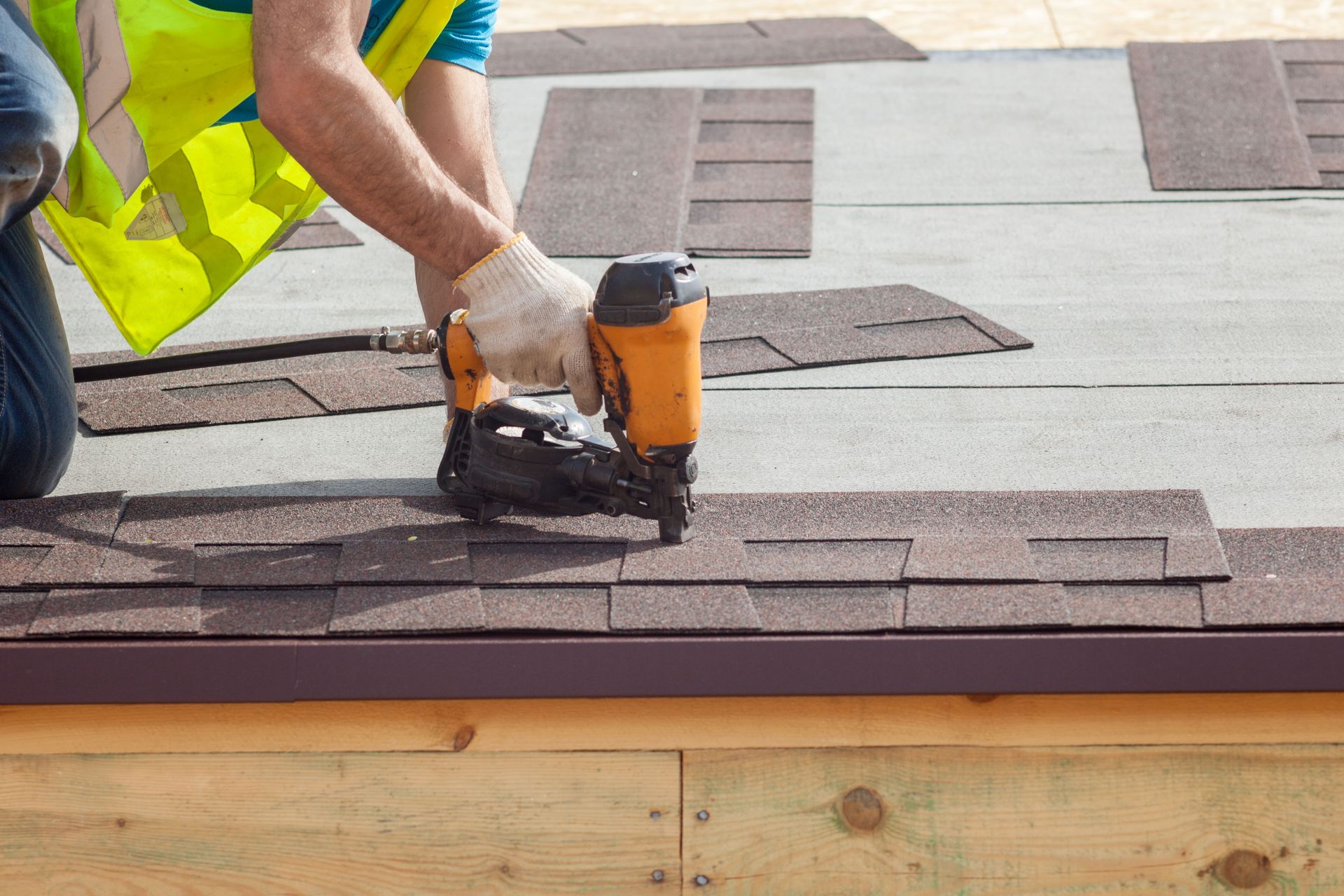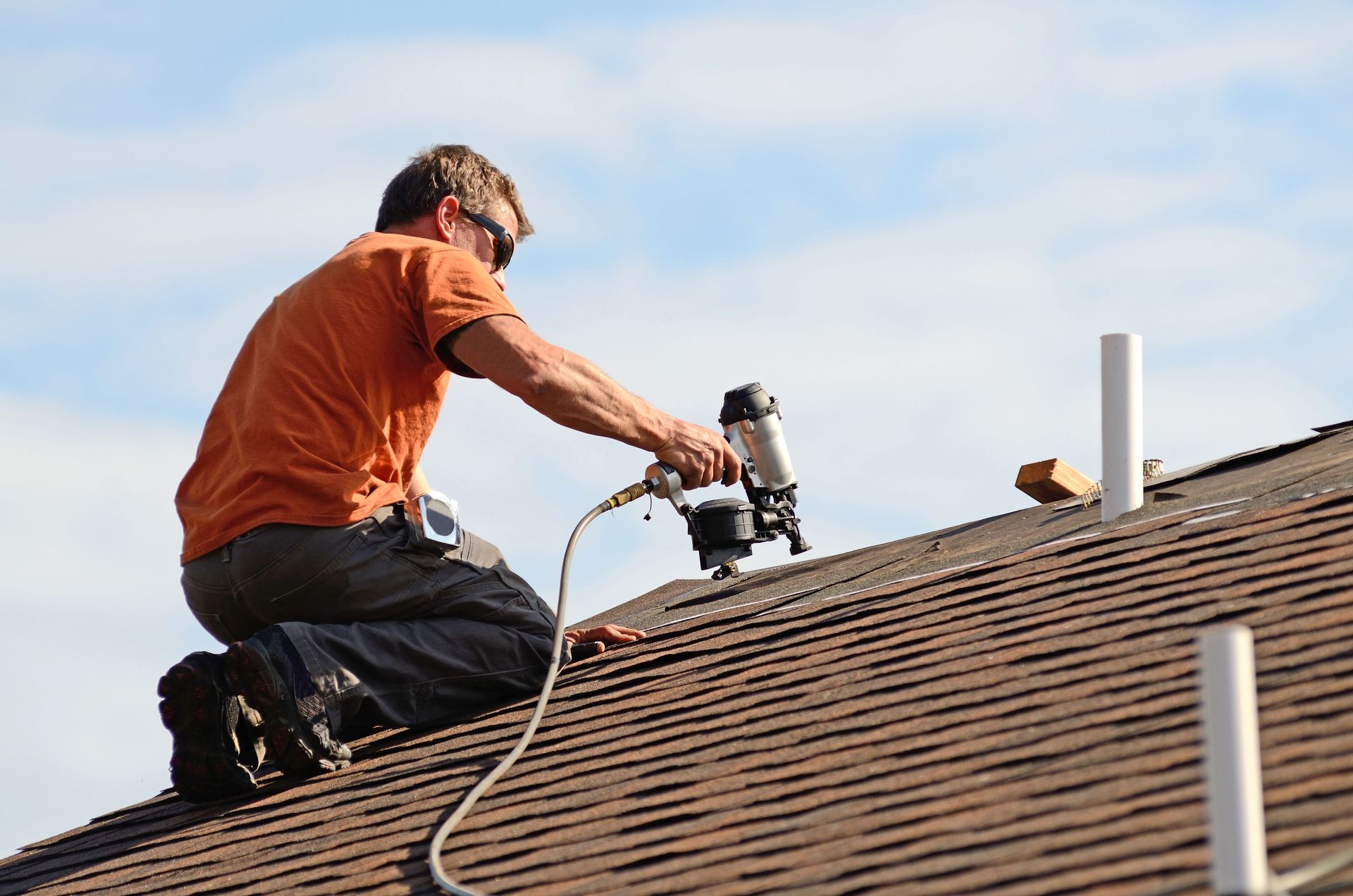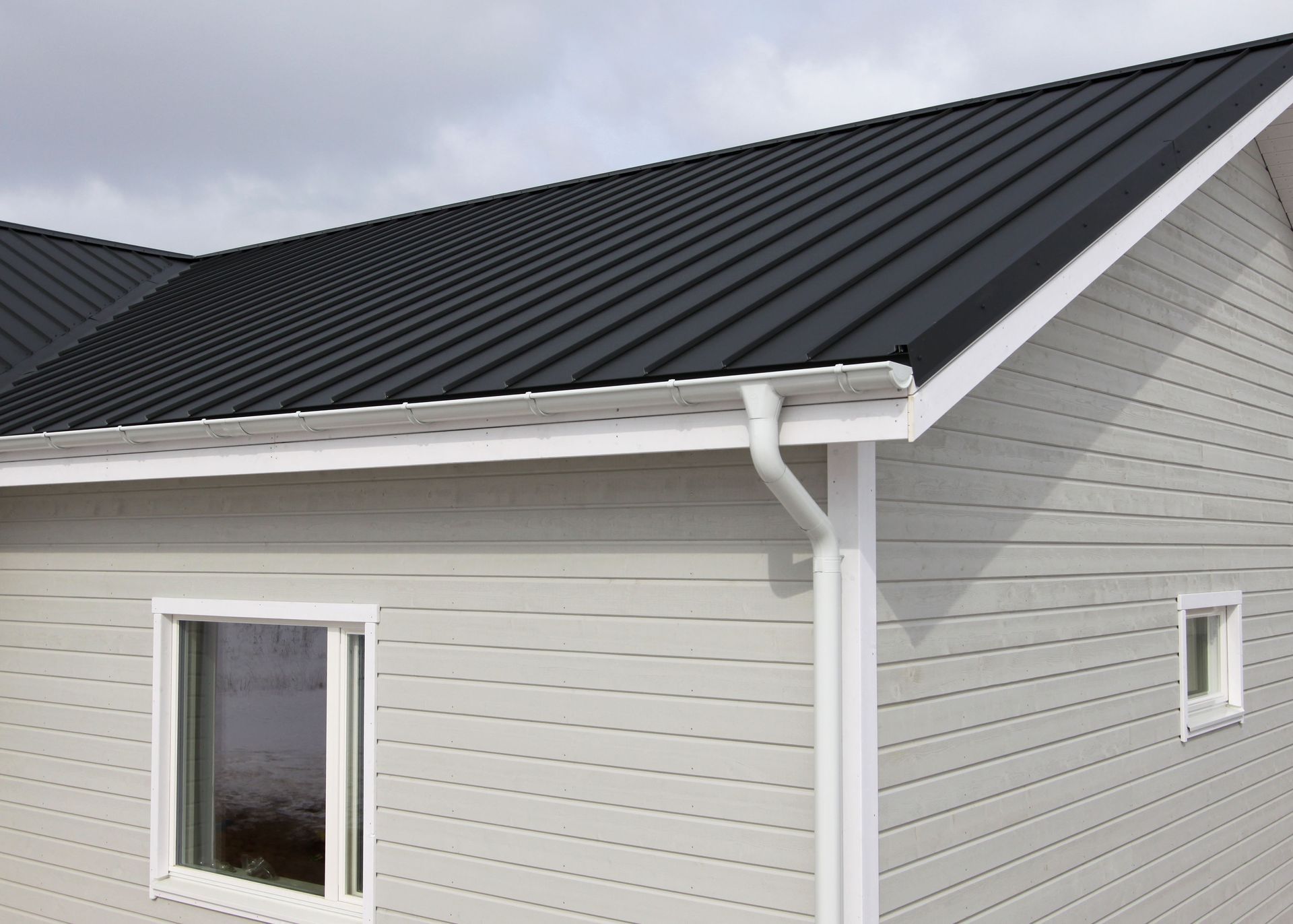October 9, 2025
Roofs are among the most critical components of any home, shielding occupants from the elements while maintaining the structural integrity of the property. However, they are also subjected to a wide range of stresses throughout the year, depending on the seasons. From blistering summer heat to freezing winter storms, seasonal weather patterns can significantly influence when and how roof repairs are needed. Homeowners who understand these patterns can take proactive steps to maintain their roofs, avoid costly damage, and extend their lifespan. According to ServiceTitan, most roofs last between 12 and 50 years, depending on materials, installation quality, and maintenance habits.
Understanding Seasonal Weather Impact on Roofs
Every season brings its own set of challenges for roofs, and the materials used in roofing respond differently to various environmental factors. For instance, asphalt shingles, which are widely used, can crack under prolonged heat or become brittle in extreme cold. Metal roofs, while generally durable, may expand and contract with temperature fluctuations, potentially loosening fasteners or causing small gaps over time.
Spring often brings heavy rainfall and thunderstorms, which can exacerbate minor issues such as cracked shingles or weakened flashing. These problems, if left unattended, may lead to leaks or water damage inside the home. Similarly, summer's intense heat and UV exposure can degrade roofing materials, accelerating wear and tear. In contrast, fall introduces strong winds and falling debris, which can damage roof edges and gutters. Winter's freezing temperatures and snow accumulation pose yet another challenge, as ice dams can form and exert pressure on roof structures.
Homeowners who monitor seasonal weather trends can anticipate the specific types of roof repairs needed. A proactive approach ensures that minor problems do not escalate into significant structural damage or expensive repairs.
Spring Maintenance: Preventing Water Damage
Spring is a crucial time for roof maintenance, primarily due to the increase in rainfall and the lingering effects of winter weather. Snow and ice can leave behind moisture that seeps into cracks or under shingles, setting the stage for leaks. In addition, spring storms can dislodge loose shingles or damage flashing around chimneys, vents, and skylights.
One of the most important spring maintenance tasks is inspecting the roof for any winter-related damage. Look for cracked or missing shingles, signs of rust on metal components, and debris that could block drainage systems. Cleaning gutters is also essential, as clogged gutters prevent water from properly flowing off the roof and can lead to water pooling or even structural rot.
Scheduling professional roof inspections in the spring can help homeowners identify early signs of wear and tear. Timely roof repairs during this season not only prevent water damage but also extend the lifespan of the roof, keeping it in optimal condition for the warmer months ahead.
Summer Challenges: Heat and Sun Exposure
Summer heat presents a unique set of challenges for roofing materials. Prolonged exposure to the sun's ultraviolet rays can cause shingles to dry out, curl, or crack, reducing their effectiveness. For flat or low-slope roofs, the high temperatures can also accelerate the aging of roofing membranes and adhesives. Metal roofs, though resistant to many forms of weathering, can experience thermal expansion, potentially loosening fasteners or creating gaps that allow water infiltration.
Homeowners should also consider the impact of summer storms, which can include hail, heavy rain, and strong winds. Hail can dent metal roofing or break asphalt shingles, while powerful wind gusts can lift shingles or damage flashing. These issues may not be immediately visible, but over time, they can lead to leaks and compromised structural integrity.
Preventive measures during the summer include checking for signs of sun damage, ensuring proper ventilation in the attic to reduce heat buildup, and promptly addressing any storm-related damage. Early intervention through roof repairs ensures that the roofing system remains durable, functional, and able to withstand the remaining seasonal stresses.
Fall Preparation: Protecting Against Wind and Debris
As the weather cools, fall brings its own set of roofing concerns, primarily revolving around falling leaves, strong winds, and the preparation for winter. Leaves and debris can accumulate in gutters, downspouts, and roof valleys, creating blockages that trap water and increase the risk of leaks. Strong winds, a hallmark of autumn storms, can loosen shingles, damage flashing, and even dislodge entire sections of roofing if left unchecked.
Fall is an ideal time to conduct preventative maintenance. Homeowners should remove debris from the roof and gutters, inspect shingles for wear, and reinforce vulnerable areas such as roof edges, vents, and chimneys. Ensuring that the roof is in good condition before the onset of winter can help prevent more serious issues, such as ice dams or structural damage caused by snow accumulation.
Professional roof inspections during the fall season can identify weak points and facilitate timely roof repairs, helping homeowners avoid costly emergencies during the colder months.
Winter Concerns: Ice, Snow, and Structural Stress
Winter poses perhaps the most significant threat to roofing integrity due to freezing temperatures, heavy snowfall, and ice formation. Ice dams are a common winter issue, occurring when melting snow refreezes along the roof's edge, creating a barrier that traps water. This trapped water can seep under shingles, leading to leaks, water damage, and mold growth.
Snow accumulation adds weight to the roof, and while most modern homes are designed to bear typical snow loads, excessive accumulation can stress older or weaker roofs. Freeze-thaw cycles can also cause minor cracks to expand, further compromising the roof over time.
To mitigate winter risks, homeowners should ensure proper insulation and ventilation in the attic, which helps regulate temperature and reduce ice dam formation. Promptly removing excess snow and ice, when safe, can also prevent structural strain. Regular inspections and timely roof repairs during winter are crucial for maintaining a strong, weather-resistant roofing system that can withstand seasonal extremes.
Year-Round Roof Care Strategies
While each season presents unique challenges, some roof care practices are effective year-round. Routine inspections are fundamental, as they allow homeowners to catch minor issues before they escalate. Visual checks for loose or damaged shingles, rust, leaks, or debris can help prevent more extensive damage.
Cleaning gutters and ensuring proper drainage are equally important throughout the year. Water that does not drain properly can undermine the roof's structure, leading to costly repairs. Maintaining trees and vegetation near the home also minimizes the risk of falling branches or excessive leaf accumulation.
Investing in professional maintenance services, including roof repairs, can provide added peace of mind. Experienced roofing contractors can identify hidden vulnerabilities, apply timely fixes, and recommend upgrades to improve longevity. Remember, with proper care, many roofs can last decades.
By integrating these strategies into an annual maintenance routine, homeowners can reduce repair costs, extend roof life, and protect the overall value of their property.
Seasonal weather plays a significant role in determining roof repair needs throughout the year. Spring brings the risk of water damage from melting snow and rainstorms, summer introduces heat stress and storm damage, fall emphasizes wind and debris management, and winter challenges the roof with ice, snow, and structural pressure. Understanding these seasonal risks and addressing them proactively through inspections, maintenance, and timely repairs can help homeowners preserve the integrity and longevity of their roofs.
Ultimately, a well-maintained roof not only safeguards a home's interior and structure but also enhances overall property value. By staying attentive to seasonal weather impacts and investing in preventative care, homeowners can enjoy peace of mind, knowing that their roof will provide reliable protection year-round. If you need reliable roof repairs, make sure to contact Roofs Restored today!







